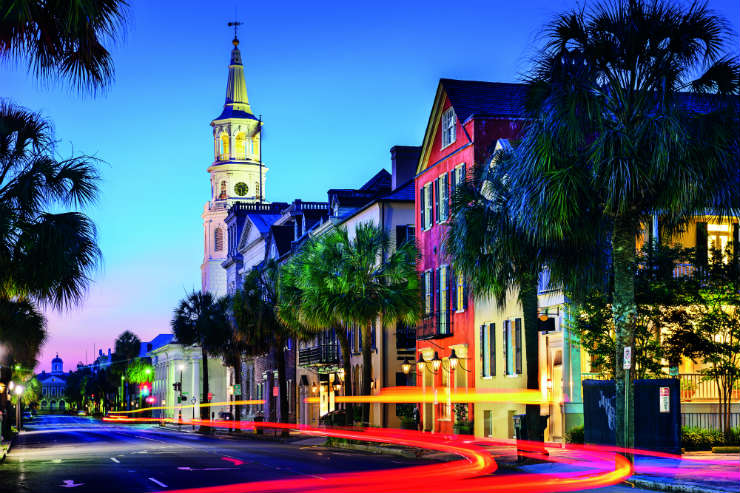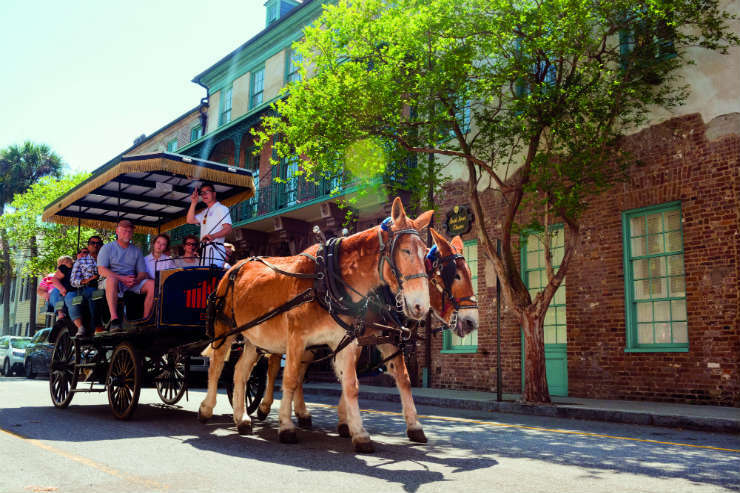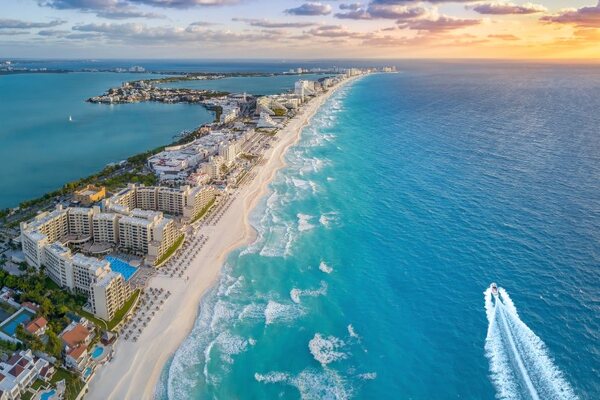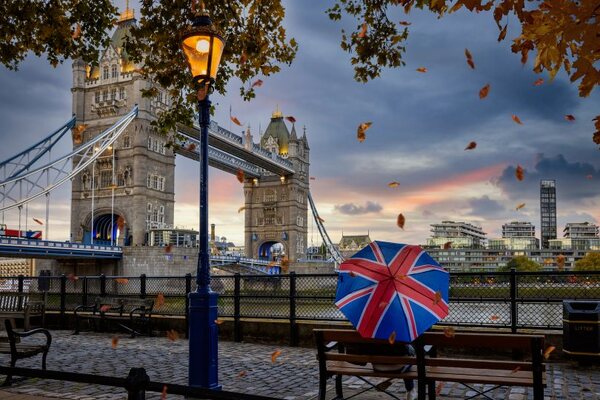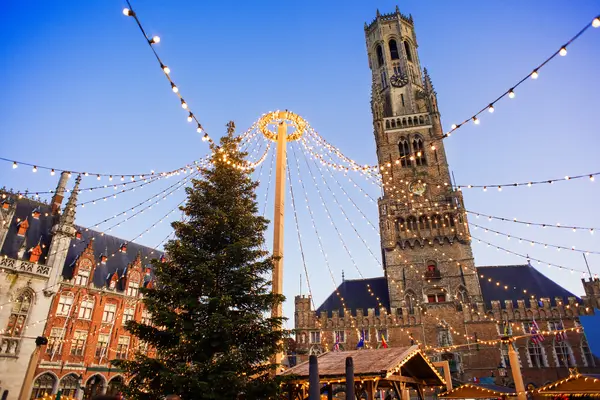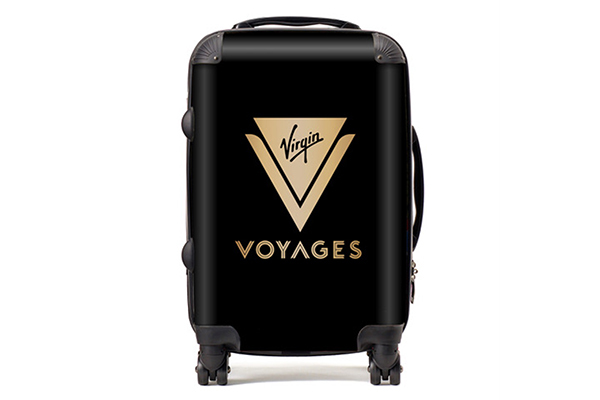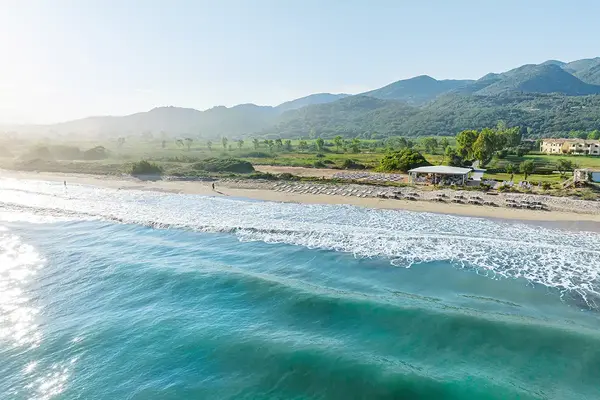Charleston's hidden gems
With a direct route to Charleston launched last month, Peter Ellegard visits the South Carolina city to discover its countless gems
Sitting in a grand room of Charleston’s S venerable Old Exchange building, I’m spellbound by historian and author Ruth Miller as she brings the city’s chequered past to life during a guided walking tour themed around the area’s Gullah culture.
Thanks to Ruth’s wealth of knowledge and easygoing, schoolma’am style – she was formerly a high school teacher in South Carolina’s coastal Lowcountry – I am learning far more about Charleston and its African American culture on this tour than on numerous previous visits.
Now linked by direct Dreamliner flights with British Airways from Heathrow, Charleston has been lauded as America’s best city to visit by esteemed US publications Conde Nast Traveler and Travel + Leisure for several years in a row, and it’s easy to see why.
At every turn, there are hidden gems to discover in this graceful Southern Belle: streets and passageways crowned by soaring church spires (it’s nicknamed the Holy City for its numerous churches); rows of traditional single houses in assorted pastel shades with their narrow fronts and long, covered side porches; and decorative, wrought-iron gates framing fountains and exquisite secret gardens.
Rich history
The city is planning celebrations to mark Charleston’s 350th anniversary next year. Its Historic District is listed on the National Register of Historic Places and is a designated National Historic Landmark, with 2,800 buildings of historic importance. Skyscrapers are banned, so the skyline is still much as it was in its heyday, while the centre is a treasure trove of delights.
The fact that so much of Charleston’s history remains is little short of a miracle. The Civil War, devastating fires in the 1830s, a violent earthquake in 1886 that experts today estimated 7.3 on the Richter scale and Hurricane Hugo, which caused $2.8 billion worth of damage in 1989, have all taken their toll.
Fate has not been kind to Charleston through the years, although it was decades of neglect following the Civil War – when slavery was abolished and the city was impoverished – that spared many old buildings from redevelopment. The fate of those whose forced labours underpinned its fortunes for almost 200 years was far crueller, however.
The richest city in colonial America, surpassing the likes of New York, Philadelphia and Boston, Charleston’s wealth was founded on gold. Not the precious metal, but Carolina Gold: a strain of long-grain rice introduced from Africa in the 1680s that thrived in the swampy Lowcountry.
Slave trading in the English colonies had begun a decade earlier and Charleston quickly became America’s most important slave port, capitalising on the trade in human cargo for its labour- intensive rice plantations.
The Old Exchange – built in 1771 with Purbeck stone imported from England and paid for by taxes self-imposed by the wealthy merchant slave traders – was a hub for slave sales, as was the city itself. Of the estimated 388,000 African slaves imported to North America, some 40% were sold in Charleston.
By the time of a census in 1820, slaves comprised more than half of those living and working there. Ruth reads harrowing extracts from the inventory of one slave owner’s will: Diane aged 76 years, useless, $1; Nancy, 73 years, still useful, $5; John, 21 years, good house servant (what slaves living in town were called), $500.
After leaving the Old Exchange, where we also visit the Provost Dungeon to see the only part of the original Charles Town city wall still standing, we continue walking and Ruth explains about Gullah, a Creole-based language and culture created by African slaves in the Lowcountry that still exists today.
Among other highlights of the two-hour tour is the Cabbage Row tenement courtyard. It was the inspiration for local poet DuBose Heyward’s book Porgy depicting life in the city, which later became adapted into a popular play.
Clients can get an overview of the main sights on a guided, one-hour horse-and-carriage tour. Some companies also offer night tours – recommend booking in advance as these are very popular.
A troubled past
The American Civil War began in Charleston. To learn more about its history, I take a boat tour to Fort Sumter, three miles out in Charleston Harbour, where the first shots were fired.
Now operated by the National Park Service, the fort was built on a man-made island to defend against the English. It was shelled by Confederate forces for 34 hours in April 1861 from a neighbouring fort before the Union garrison surrendered. The first casualty of the Civil War was a Union soldier, who was killed when a gun accidentally misfired during a 100-gun salute to the defeated troops.
Today the fort’s walls are much lower than they were, a result of continuous attack by Union forces in 1863, when Charleston was also bombarded.
Getting the first boat of the day means I witness the raising of the American flag. Done without ceremony or music, it is so big it needs 25 volunteers to help hoist it.
I also visit one of the plantations where rice was grown. While some escaped the Civil War unscathed, Middleton Place was torched by occupying Union soldiers before the shell of the main house was destroyed in the 1886 earthquake. Its surviving south flank, where the family continued to live, is preserved as a fascinating museum. The landscaped gardens are America’s oldest and the living history stable yards offer an insight into the life and working conditions of slaves.
No visit to Charleston is complete without trying Lowcountry fare. Grits, oysters, soft- shelled crab, shrimps and she-crab soup are among local offerings.
Charleston has a vibrant dining scene and a number of its chefs have won prestigious James Beard Awards. For a traditional Southern breakfast, try Virginia’s on King. Other foodie haunts of note include Millers All Day, located in a former pharmacy where the prescriptions counter is now the bar; Tradd’s; The Ordinary – anything but ordinary with shellfish to die for; and Rodney Scott’s BBQ.
Clients can also try bourbon made from locally grown Jimmy Red corn, a moonshine grain, which was rescued from extinction at High Wire Distilling, Charleston’s first distillery since Prohibition.
Walking the streets of Charleston, clients will see carved pineapple motifs on many homes and buildings. Since colonial days, the pineapple has been a symbol of hospitality, and visitors today are assured of just as warm a Southern welcome.
Book it: North America Travel Service offers a seven-night coastal South Carolina fly-drive including flights, three nights in Charleston, two nights at The Sanctuary Kiawah Island, and two nights at the Omni Resort on Hilton Head Island from £2,169pp.
For more information visit:
northamericatravelservice.co.uk
bulldogtours.com
britishairways.com
What are the hidden gems of Charleston? Got any tips? Email feedback@ttgmedia.com or leave a comment below.

